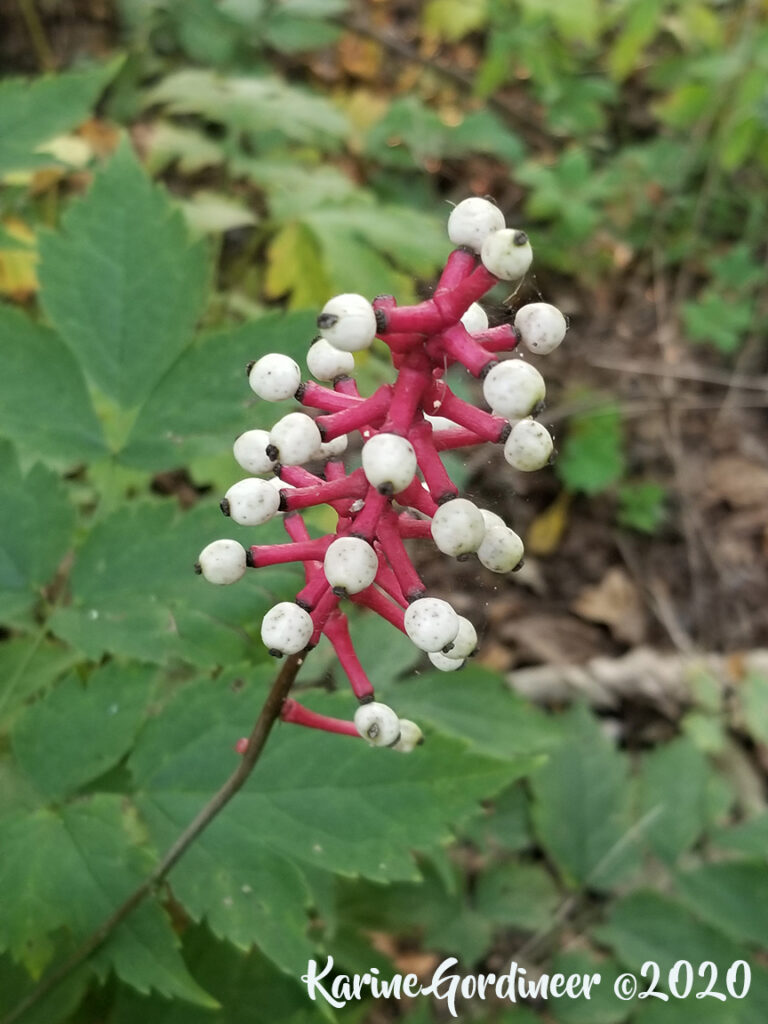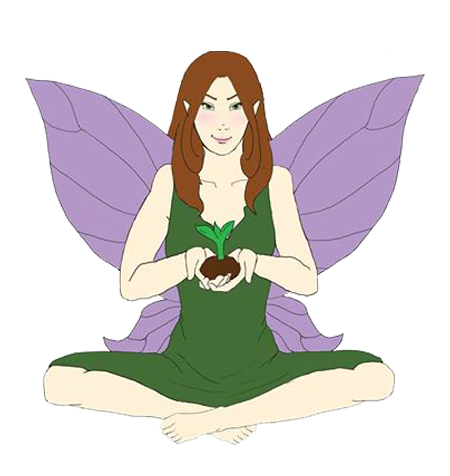Getting to Know Our Poisonous Plant Friends

It may seem like a contradiction in terms, “poisonous plant friends”. For how can we be “friends” with a poisonous plant? As I tell my herbal students, it’s even more important to familiarize ourselves with and be able to accurately identify the poisonous plants, than even the medicinal and edible ones. Think about it, if we know the poisonous plants very well, and study them, we can learn to identify them in any season. Not just when they are flowering or fruiting. Making it less likely that we will make a mistake in our plant identifications or when gathering plants from our yards or gardens, as volunteers often show up even in our well-tended plots.
As humans we tend to think only in terms of what the Earth or plants can do specifically for us, but plants provide food, and often shelter for other species on the planet as well. Some plants offer healing to the environment in the form of bioremediation, taking toxins out of the soil, aerating the soil, or even re-mineralizing the soil, drawing up minerals from deep within the Earth, bringing it up to the upper layers, or pulling it from the air and fixing it in the ground.

One of my favorite poisonous plants is the White Baneberry (Actaea pachypoda). White Baneberry is a perennial member of the Ranunculaceae or Buttercup Family that grows to heights of 1 to 3 feet with alternate, compound leaves and sharply toothed leaflets. The white, cylindrical, dense flowers bloom in May and June. White Baneberry favors deciduous and mixed forests along the Northeastern range, inland through the Appalachians, and as far west as Minnesota. This captivating beauty has a few other common names one of which is Doll’s Eyes. It’s obvious how she gets this very descriptive name when we see the stark white berries with single black, central dot, a leftover from the flower stigmas. These white spooky and fleshy berries burst full in Autumn and create quite a show on the landscape with their contrasting red fruit stems or pedicels. Although all parts of this plant are poisonous, White-Tailed Deer have been known to graze the leaves and small Mice and Squirrels will eat the berries as will many Bird species.
Although this fascinating plant has been used historically for medicinal purposes by several native tribes, it is in fact very poisonous with as few as 6 berries causing major gastric inflammation, nausea, vomiting, respiratory paralysis, cardiac arrest, and even death! Those souls that did work with this plant medicinally were aware of its lethal potentialities and worked with it very carefully. For clarity purposes, I DO NOT recommend ingesting any part of White Baneberry.

The poisonous plants are great in their Power but need to be approached with appreciation and most of all respect even and especially when we work with them energetically. I spend a considerable amount of time connecting with plants energetically and through the shamanic journey and I have worked with this plant for many years. I have tremendous respect and admiration for Her Beauty and Power and immense gratitude for the connection. Of the many lessons of White Baneberry, She aids us in looking within unflinching in what we find there. She provides a mirror for those who would approach Her reflecting back to us what we present. Because this plant walks hand in hand with Death, She helps us to glimpse beyond the illusions of our physical reality and beyond our own illusions so often overlooked. She is a true partner in shamanic journeying even guiding and assisting us in walking between the worlds. None of this happens in a casual way but only through patience and commitment to developing a relationship with the Spirit of this Plant.
If you would like to learn the Language of the Plants and how to connect with them deeply, be sure to check out upcoming classes in Plant Communication and Shamanic Plant Medicine Journey beginning November 19th.


